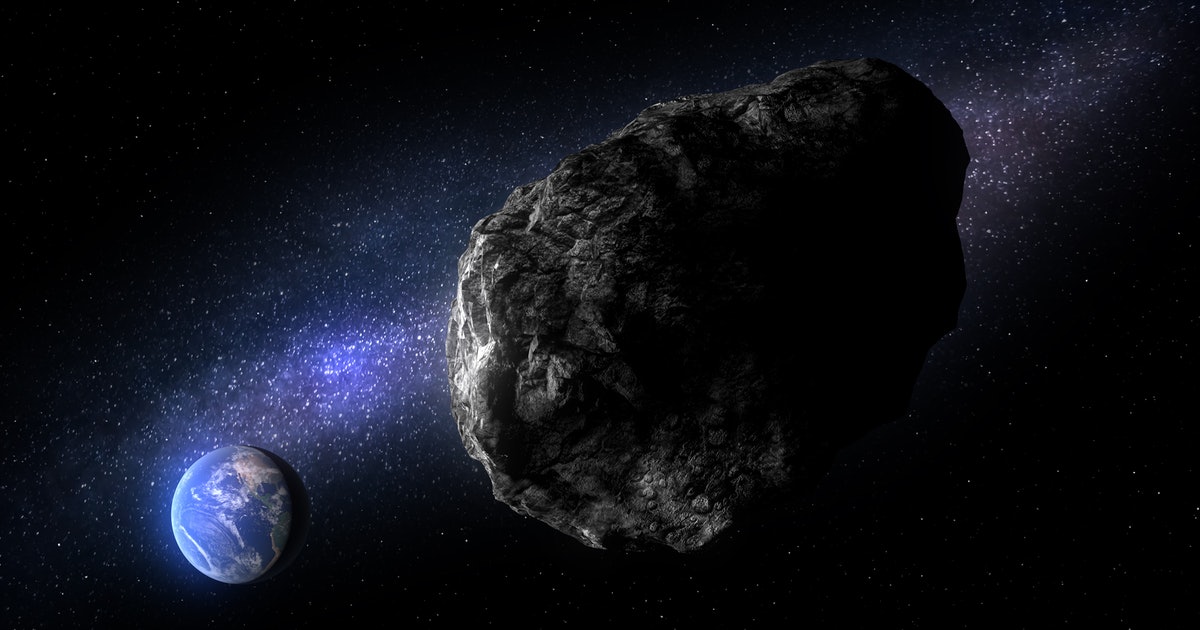On the night of Monday, May 9, the asteroid 2006 JF42, which had an estimated size of about 860 m across, swept past the Earth at a safe distance. This is comparable to the height of two Kyiv TV towers. The flight speed was also considerable – 40,679 km/h, which is 45 times faster than the Ukrainian subsonic low-altitude anti-ship missile “Neptune”, which sank the cruiser “Moskva”.

According to the Center for the Study of Near-Earth Objects of the NASA Jet Propulsion Laboratory, the asteroid was within 5.6 million kilometers, which is equivalent to 14 distances from the Earth to the Moon. It’s too far away to threaten a collision with our planet. Such approaches are not uncommon, since our region of the Solar System is filled with asteroids and comets constantly moving around us. Nevertheless, NASA is closely monitoring those who surround our planet.
Dangerous Asteroids
Scientists are becoming more proficient at finding large asteroids, such as 2006 JF42, as telescope technology improves. Therefore, it may seem that a lot of cosmic stones are passing by us these days.
Although NASA classifies asteroids like 2006 JF42 as “potentially dangerous”, this definition is not a reason to panic. This term arises from a complex calculation related to the size of more than 150 meters and the distance at which the object approaches the Earth. Despite decades of searching, there is no known collision threat for Earth yet. NASA has a carefully selected catalog of asteroids that are constantly being monitored. Despite the tiny and statistically unlikely chance of a collision, none of them are of serious concern.
Repelling threats from outer space
This list is also updated from time to time. For example, the removal of the asteroid Apophis from the list in 2021 after recent observations showed that it poses no threat to Earth in the next 100 years. On the other hand, the space agency does not relax and develops a strategy of protective technologies to repel threats from outer space. An example is the Double Asteroid Redirection Test (DART) mission, which aims to use the “kinetic impactor” technique to shift the asteroid’s orbit (65803) Didim.
Earlier, astroenthusiasts discovered 1,700 asteroids in Hubble images.
Follow us on Twitter to get the most interesting space news in time
https://twitter.com/ust_magazine
